
Deutsch-Chinesische Enzyklopädie, 德汉百科
 Arizona-AZ
Arizona-AZ
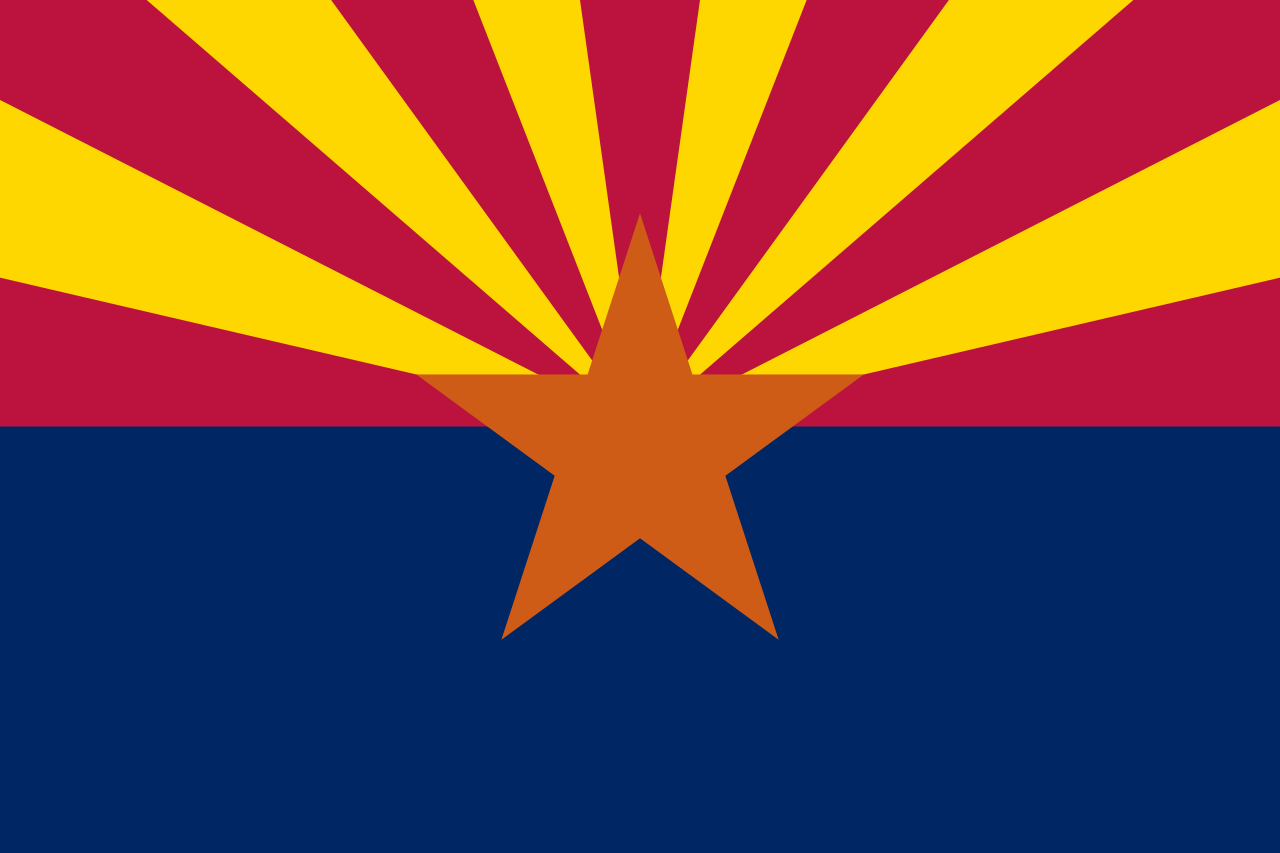

 Arizona-AZ
Arizona-AZ


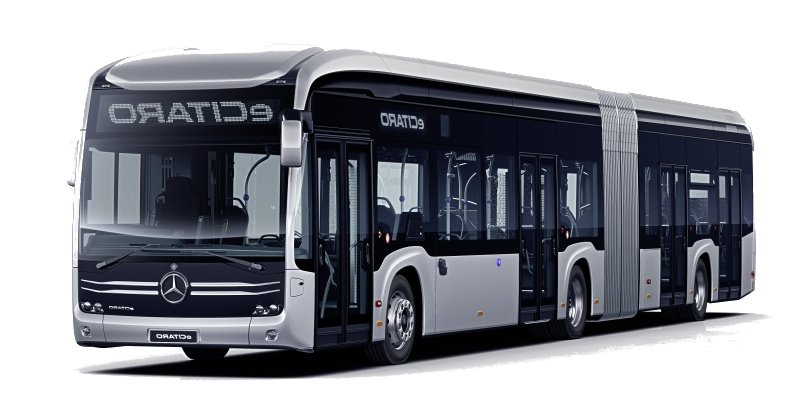
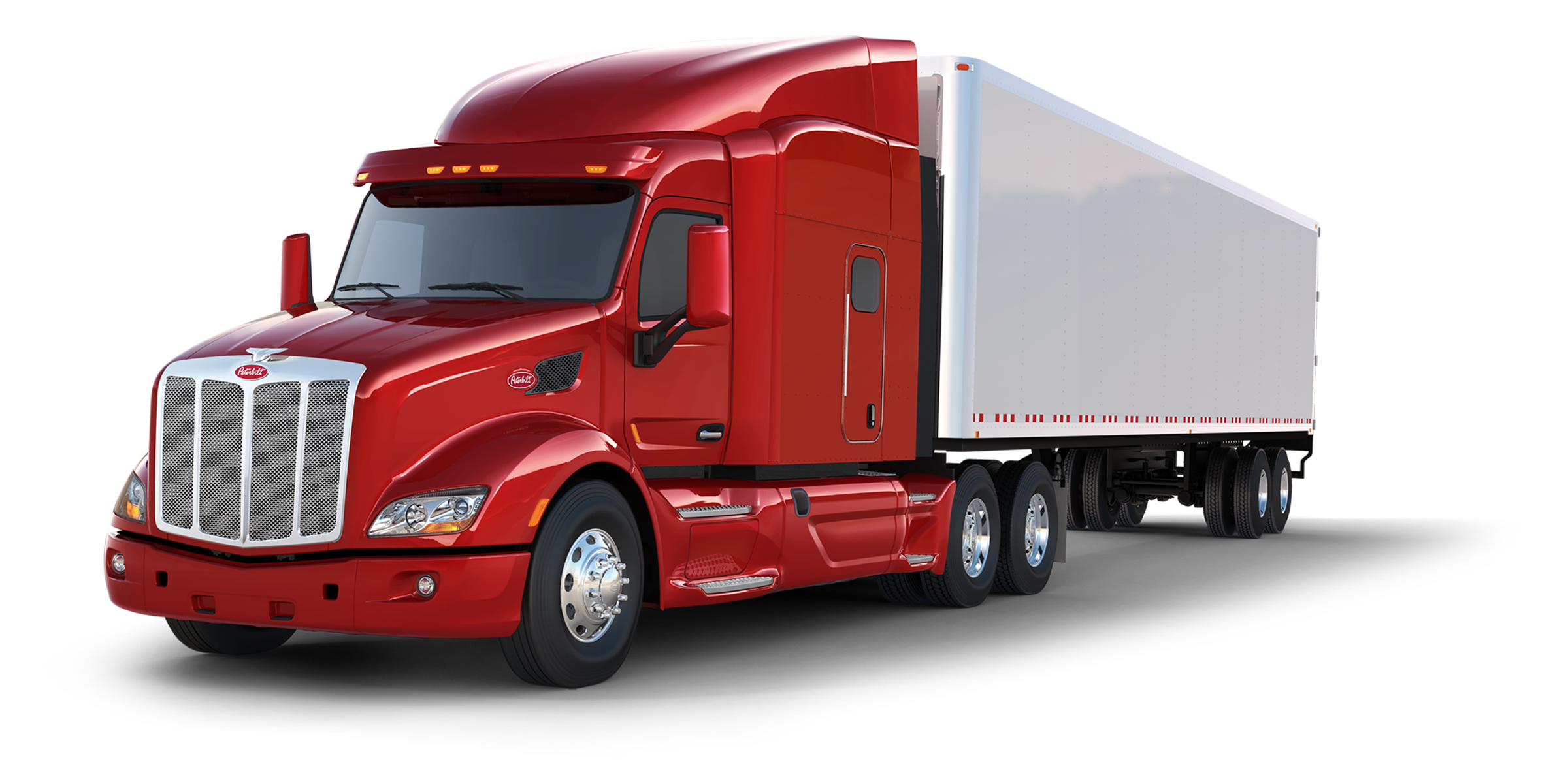 Automobile
Automobile
 ***Technology
***Technology


 IT-Times
IT-Times
 IC
IC


 IT-Times
IT-Times
 Semiconductor technology
Semiconductor technology


 IT-Times
IT-Times
 MCU
MCU
 United States
United States

 Arizona-AZ
Arizona-AZ
 Druckwasserreaktor/Pressurized Water Reactor
Druckwasserreaktor/Pressurized Water Reactor

 Energy resource
Energy resource

 Energy resource
Energy resource
 *Electrical power
*Electrical power

 Energy resource
Energy resource
 Nuclear power plants
Nuclear power plants
 United States
United States
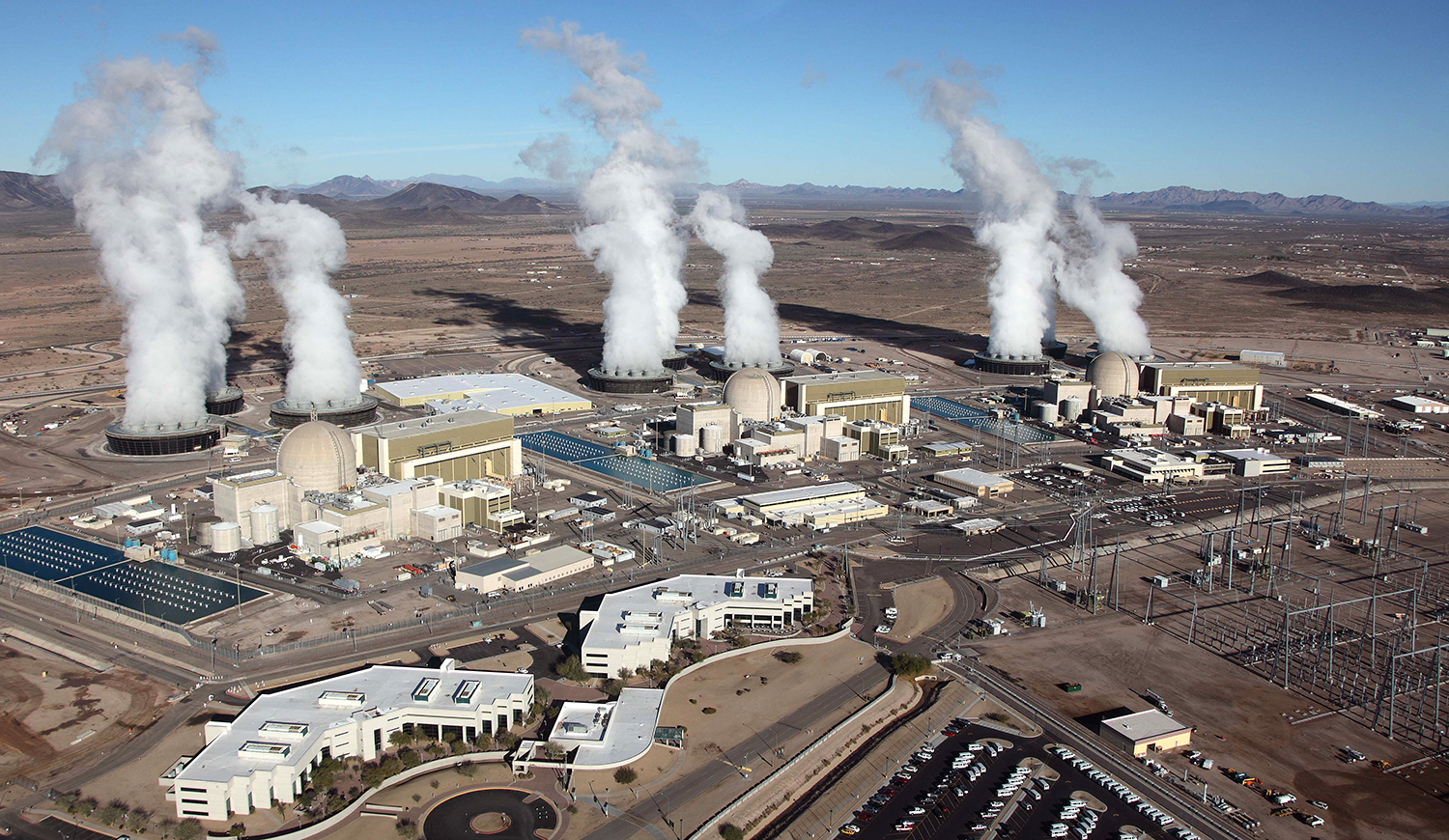

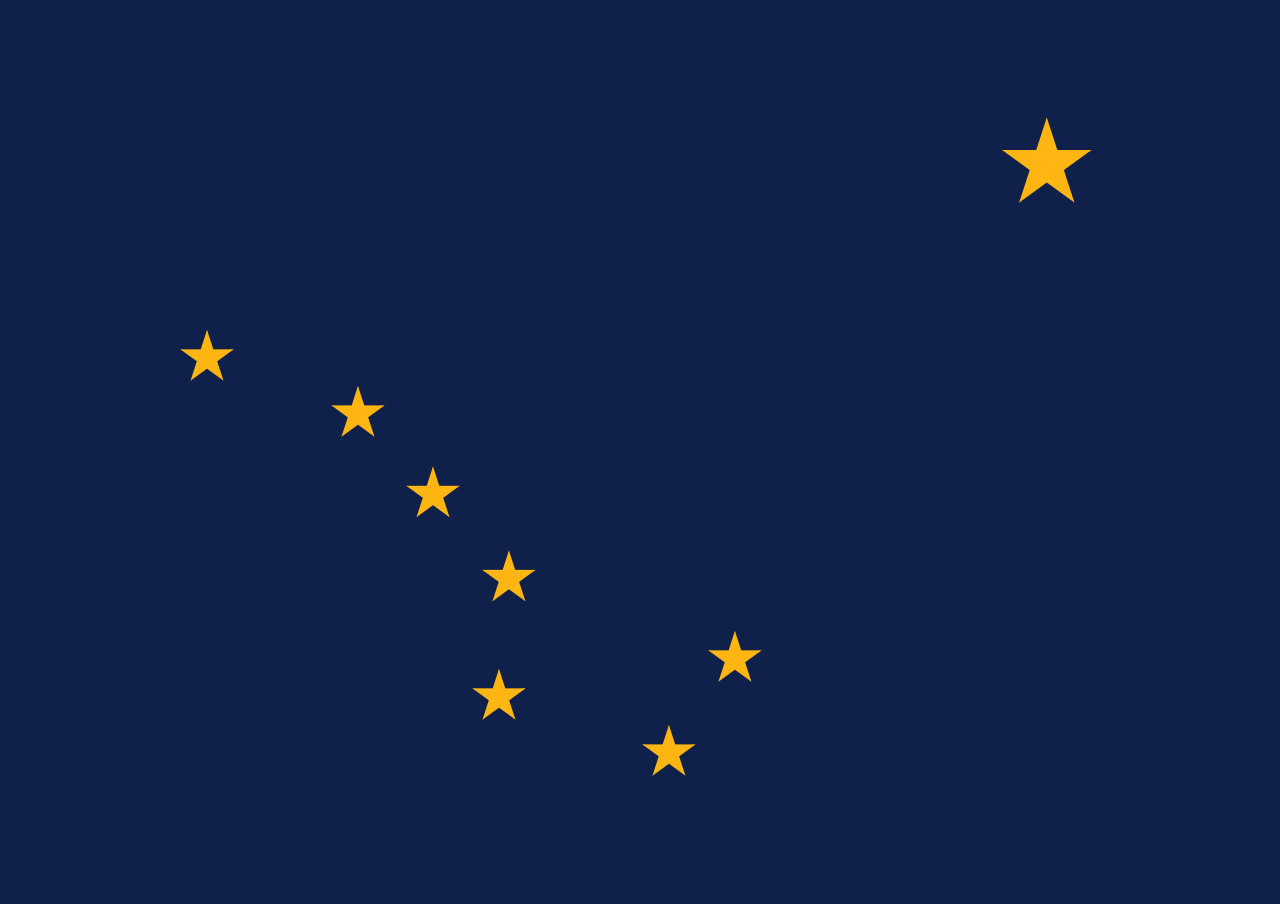 Alaska-AK
Alaska-AK
 Argentina
Argentina

 Arizona-AZ
Arizona-AZ
 Bolivia
Bolivia
 Brazil
Brazil

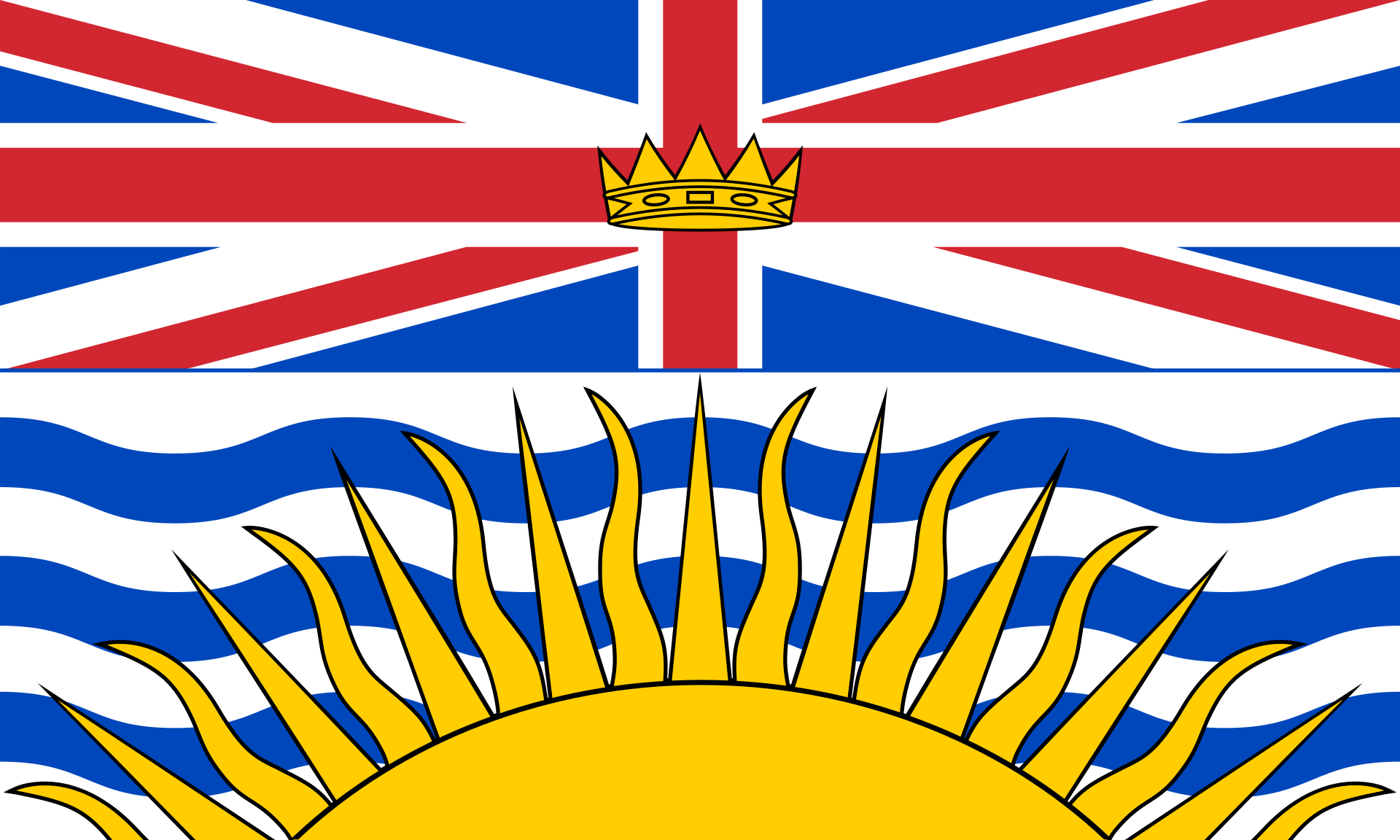 British Columbia-BC
British Columbia-BC

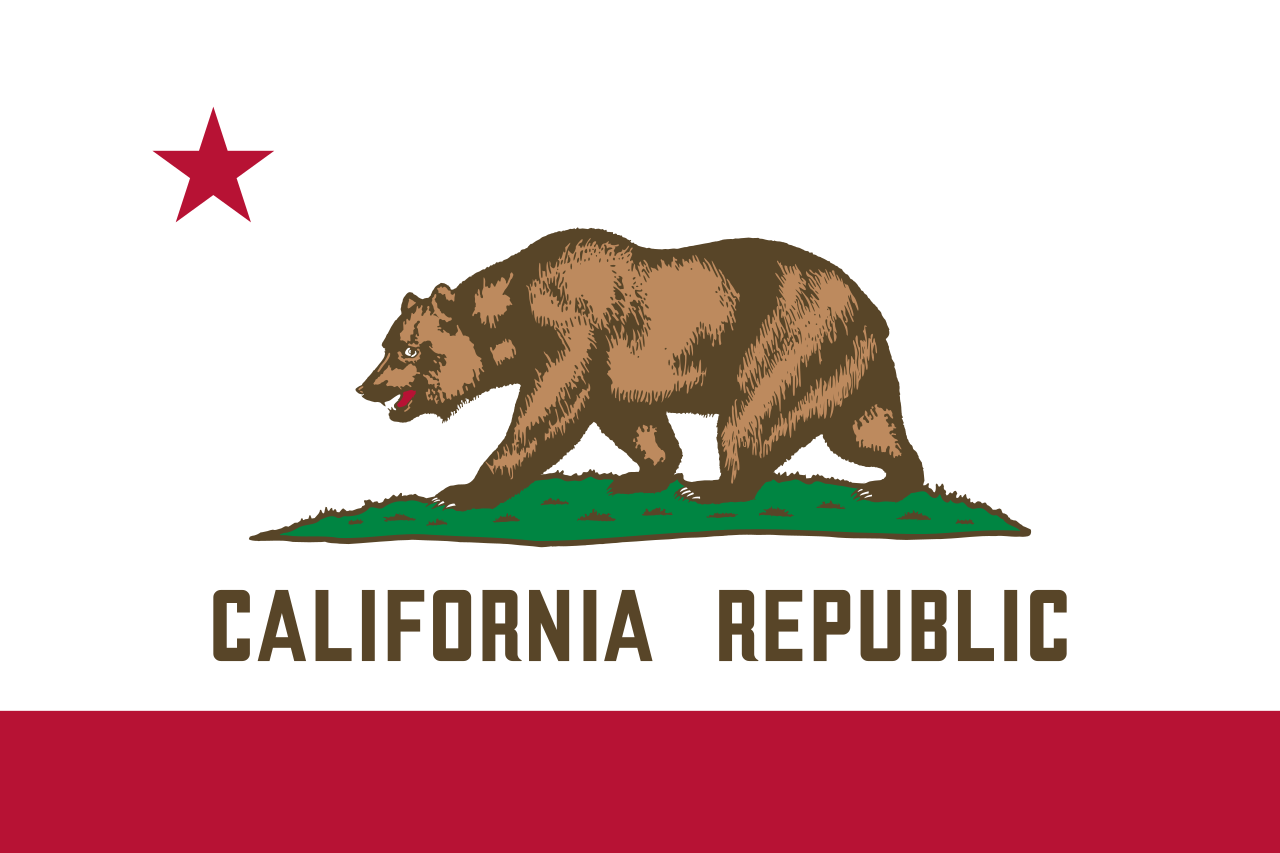 California-CA
California-CA
 Chile
Chile
 Columbia
Columbia
 Costa Rica
Costa Rica
 Ecuador
Ecuador

 Geography
Geography
 Guatemala
Guatemala
 Honduras
Honduras
 Canada
Canada
 Mexico
Mexico
 Nicaragua
Nicaragua

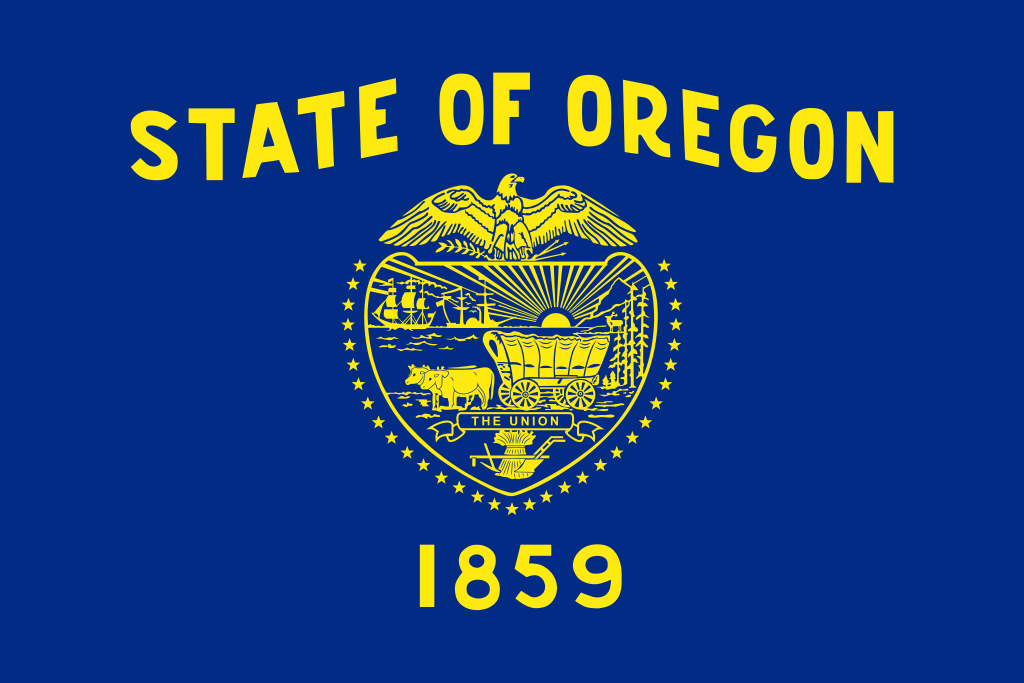 Oregon-OR
Oregon-OR
 Panama
Panama
 Paraguay
Paraguay
 Paraná
Paraná
 Peru
Peru
 Republik El Salvador
Republik El Salvador
 Rio de Janeiro
Rio de Janeiro
 Rio Grande do Sul
Rio Grande do Sul
 Santa Catarina
Santa Catarina
 São Paulo
São Paulo
 Uruguay
Uruguay
 Venezuela
Venezuela
 United States
United States

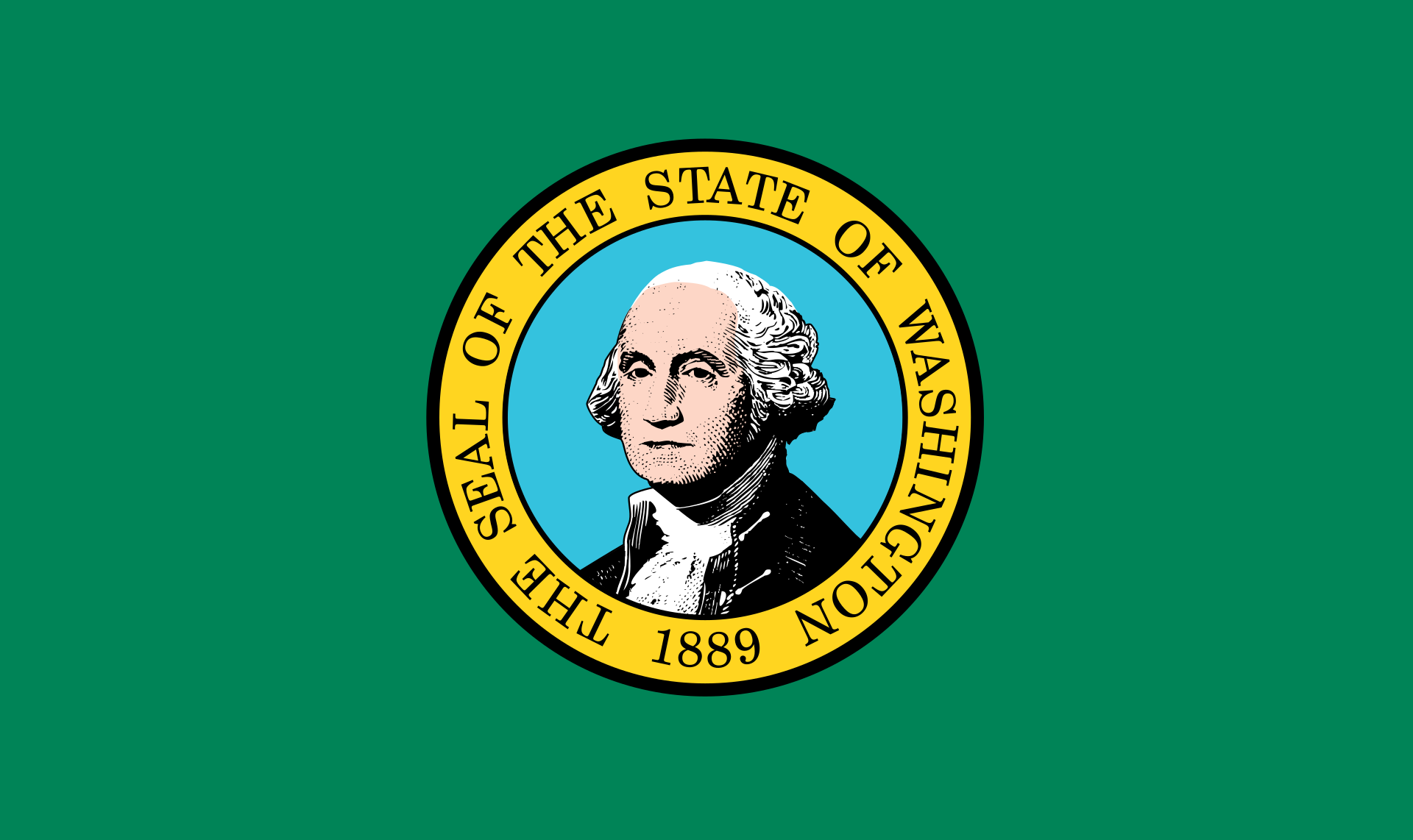 Washington-WA
Washington-WA

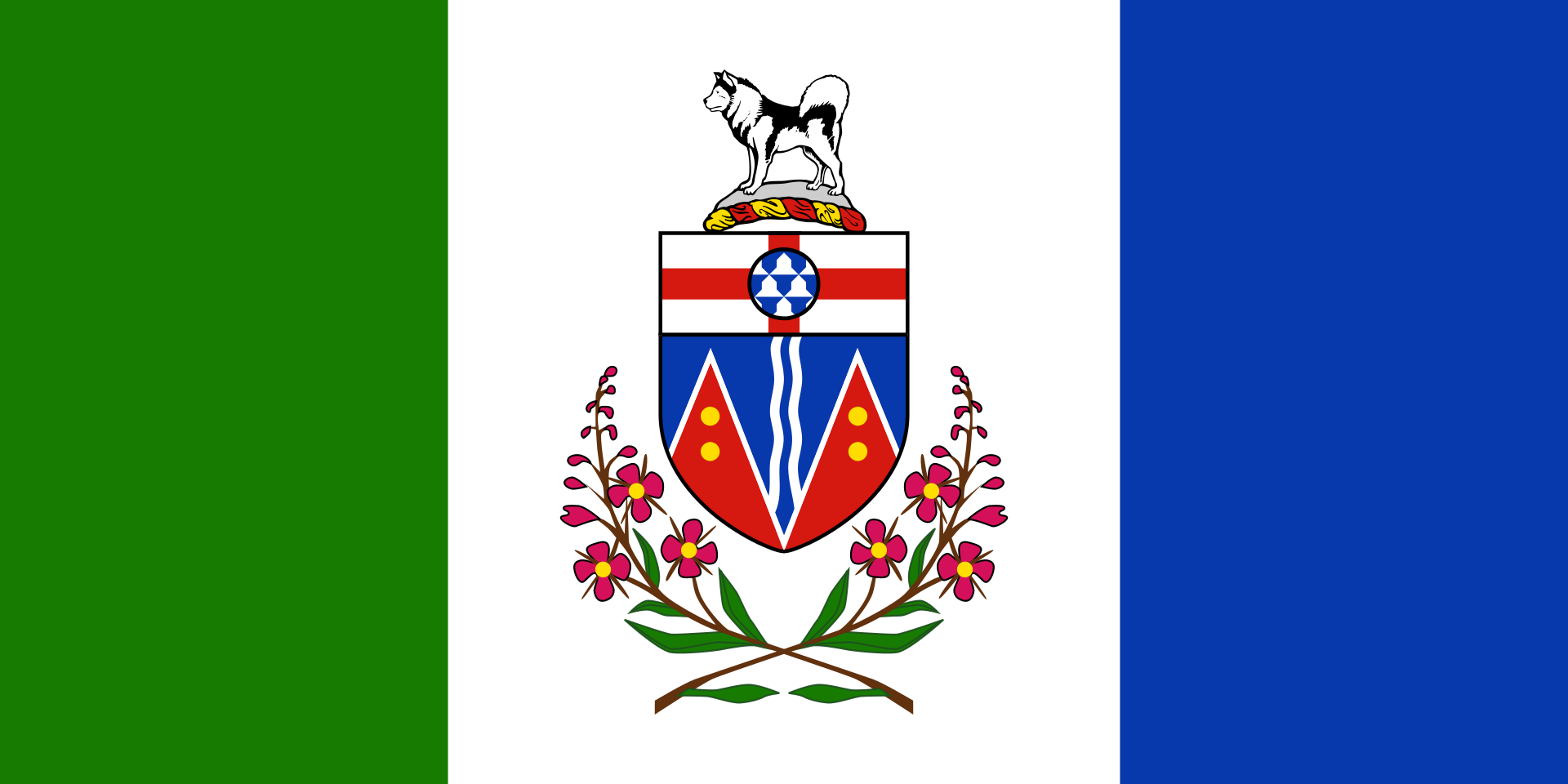 Yukon-YT
Yukon-YT
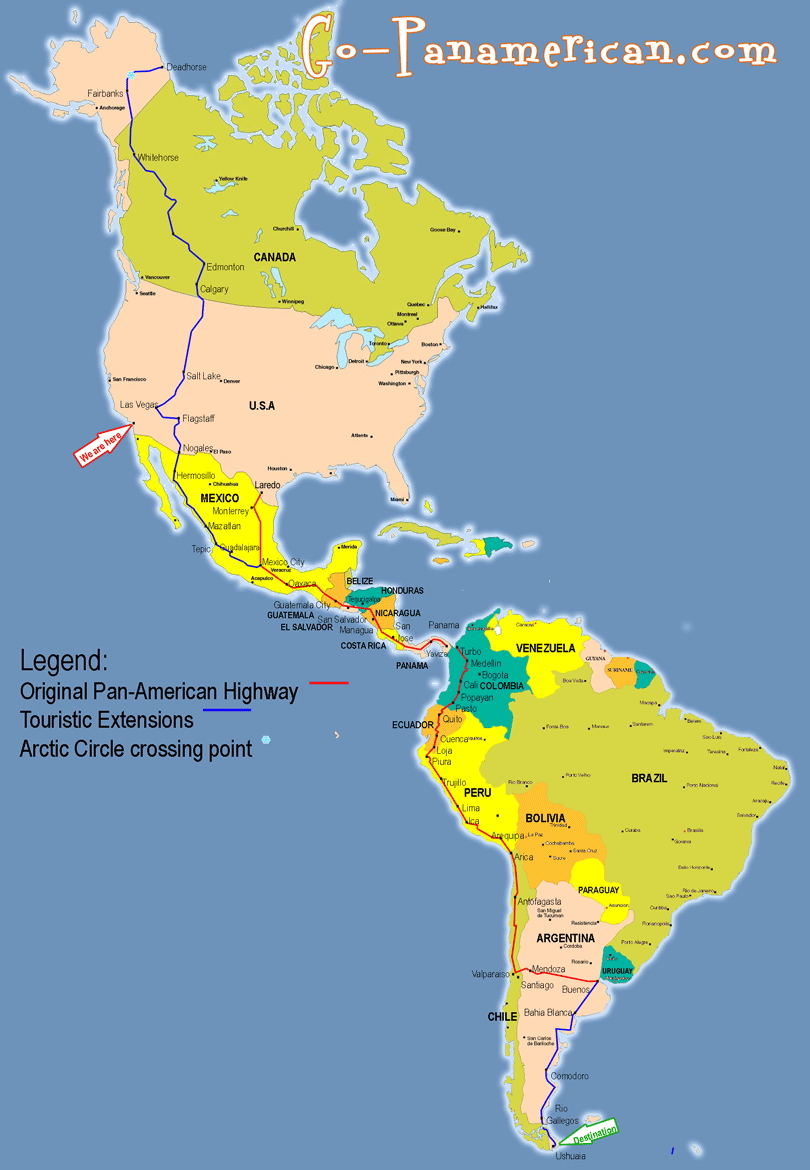
泛美公路(英語:Pan-American Highway,西班牙語:Carretera Panamericana,葡萄牙語:Rodovia Pan-americana,法語:Route panaméricaine)是贯穿整个美洲大陆的公路系统。北起阿拉斯加,南至火地岛,全长约48,000公里,主干线自美国阿拉斯加的费尔班克斯至智利的蒙特港,将近26,000公里。除了巴拿马到哥伦比亚(达连隘口)之间至今仍未修建公路以外,美洲大陆各国都通过这个公路网连接起来[1]。
Die Panamericana (englisch Pan-American Highway, spanisch Carretera Panamericana und Ruta Panamericana) ist ein System von Schnellstraßen, das – mit wenigen Lücken – Alaska mit Feuerland verbindet, sich also über die gesamte Nord-Süd-Ausdehnung des amerikanischen Doppel-Kontinents erstreckt. Das Netzwerk umfasst etwa 48.000 km Schnellstraße und ist in seiner längsten Nord-Süd-Verbindung etwa 25.750 km lang. Auf der Fünften Internationalen Konferenz der Amerikanischen Staaten im Jahre 1923 entstand die Idee einer einzigen kontinentübergreifenden Schnellstraße. Die Konvention über die Carretera Panamericana wurde schließlich am 23. Dezember 1936 auf der Interamerikanischen Konferenz zur Festigung des Friedens in Buenos Aires unterzeichnet.
Die projektierte Fertigstellung des Teilstücks hat viele Gegner, die verschiedene Gründe vorbringen: So würden der tropische Regenwald und die Lebensweisen der dortigen indigenen Völker bedroht; der Drogenhandel aus Kolumbien nach Nordamerika und die Verbreitung der Maul- und Klauenseuche in Südamerika würden gefördert.
Die Panamericana passiert viele Klimazonen, sowohl dichten Dschungel als auch Pässe des Hochgebirges. Außerdem durchquert sie 14 bis 19 verschiedene Staaten und ist deshalb weit entfernt von einer einheitlichen Beschilderung und auch Nutzbarkeit. So kann man Teile der Straße nur in der Trockenzeit befahren, in anderen ist die Benutzung das ganze Jahr über gefährlich. Die Jahresdurchschnittstemperatur reicht vom Gefrierpunkt bis zu über 25 °C.

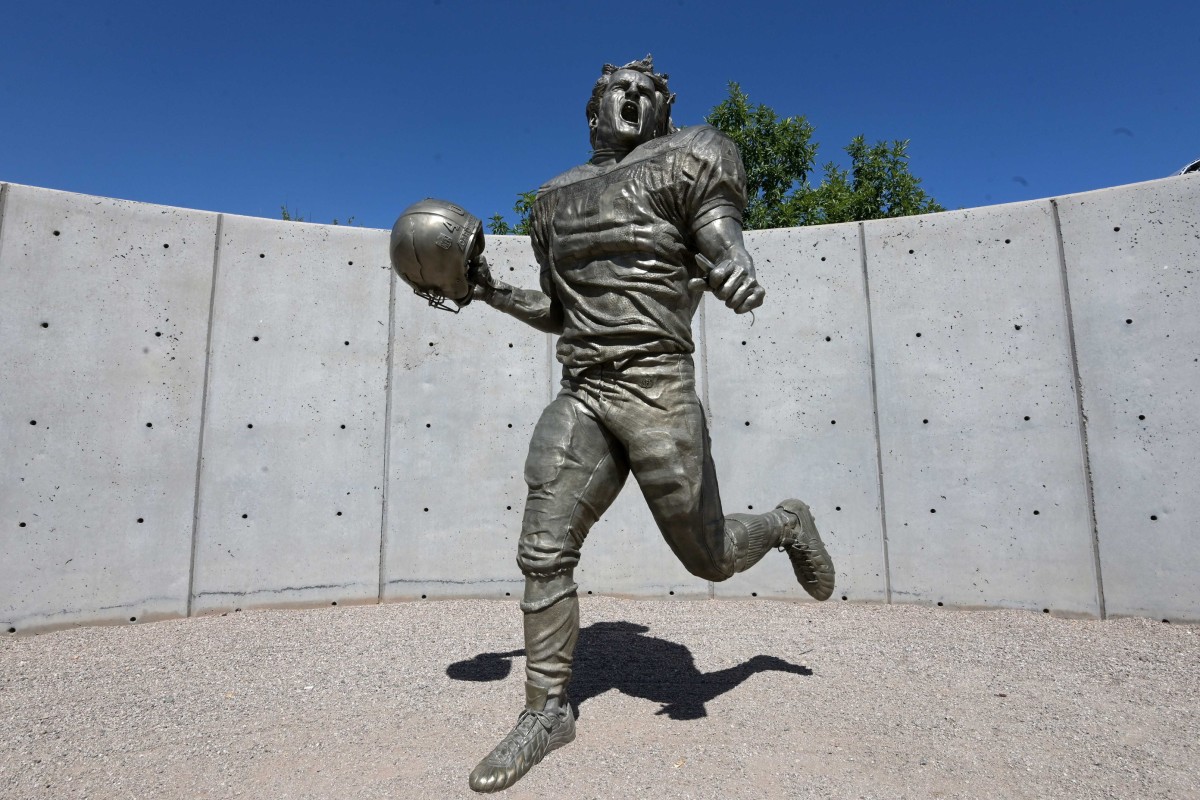
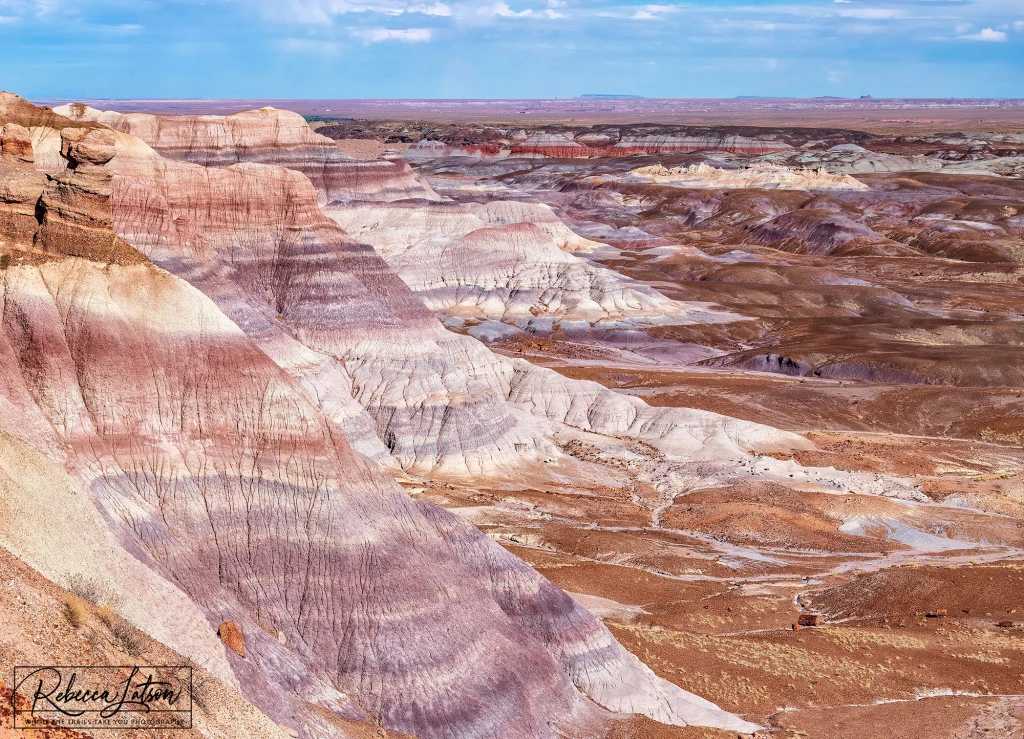

菲尼克斯(英语:Phoenix),又译凤凰城,是美国亚利桑那州的首府和最大城市。凤凰城于1881年2月25日被注册为城市,当时凤凰城在纳瓦霍语中被称为Hoozdo,意为炎热之地;在西阿帕契语中被称为Fiinigis。凤凰城位于常年干枯的盐河两岸。
凤凰城在2005年的人口大约为1,475,834,在2000年的官方人口普查中为全美第六大城市,但人口统计上已经在2005年超过了费城,成为全美第五大城[1],而2010年美国人口普查就显示该市有144万5632人,位列全美第六。凤凰城的城市面积在全美排名第十[2]。截至2006年,大凤凰城地区已经成为全美第十三大都会区,人口约为4,039,182。1990年至2000年间,凤凰城都会区面积增长34%,为全美增长速度第八之城市。根据2016年GaWC的世界级城市名册排名,凤凰城在全球都市区中,位列Gamma级别(参照 GaWC 2016年版排名)。
菲尼克斯天港国际机场位于凤凰城市中心南部地带,是全美航空、西南航空的枢杻港,是亚利桑那州最大的空港,也是美国西南地区重要交通枢纽之一,同时也是美国第八与全球第二十六位繁忙机场。
フェニックスは1867年に灌漑事業と共に創設され、開拓者らが都市を創設した。
20世紀前半からニューディール政策によるコロラド川の電源開発、ルーベルトダム、フーバーダム、クーリッジダムの開発によって、無尽蔵の電力を供給、軍事産業に関わる航空機産業や電器機械工業が発展していき、今日では半導体などのエレクトロニクス産業、また観光都市としても発達している。
なお、砂漠のど真ん中に都市が形成されているため、郊外の至る所でサボテンが見られ、市の象徴にもなっている。
Phoenix (/ˈfiːnɪks/) is the capital and most populous city of the U.S. state of Arizona. With 1,626,078 people (as of 2017), Phoenix is the fifth most populous city nationwide, the most populous state capital in the United States, and the only state capital with a population of more than one million residents.[5][6]
Phoenix is the anchor of the Phoenix metropolitan area, also known as the Valley of the Sun, which in turn is a part of the Salt River Valley. The metropolitan area is the 12th largest by population in the United States, with approximately 4.73 million people as of 2017.[7] In addition, Phoenix is the seat of Maricopa County, and at 517.9 square miles (1,341 km2), it is the largest city in the state, more than twice the size of Tucson and one of the largest cities in the United States.[8]
Settled in 1867 as an agricultural community near the confluence of the Salt and Gila Rivers, Phoenix incorporated as a city in 1881. It became the capital of Arizona Territory in 1889.[9] Located in the northeastern reaches of the Sonoran Desert, Phoenix has a hot desert climate.[10][11] Despite this, its canal system led to a thriving farming community with many of the original crops, such as alfalfa, cotton, citrus, and hay, remaining important parts of the Phoenix economy for decades.[12][13] Cotton, cattle, citrus, climate, and copper were known locally as the "Five C's" of Phoenix's economy. These industries remained the driving forces of the city until after World War II, when high-tech companies began to move into the valley and air conditioning made Phoenix's hot summers more bearable.[14]
The city averaged a four percent annual population growth rate over a 40-year period from the mid-1960s to the mid-2000s.[15] This growth rate slowed during the Great Recession of 2007–09, and has rebounded slowly.[16] Phoenix is the cultural center of the Valley of the Sun, as well as the entire state.[17]
Phoenix (en anglais [ˈfiːˌnɪks]) est la capitale et la plus grande ville de l'État de l'Arizona, aux États-Unis. Selon le Bureau du recensement des États-Unis, la ville comptait 1 445 632 habitants en 20101, estimée à 1 615 017 habitants en 2016, ce qui la place au sixième rang national. Son aire urbaine de 4 192 8872 habitants est la 14e du pays. 40 % de la population est hispanique. Phoenix est également le siège du comté de Maricopa.
La ville est située au cœur du désert de Sonora, dans la vallée de la rivière Salée, dont le lit est souvent asséché. Elle est entourée par les monts McDowell, South Mountain Park, White Tank Mountains et Superstition Mountains. L'irrigation permet de mener des activités agricoles.
Le climat attire toujours plus de résidents et l'activité économique prospère, notamment avec l'industrie électronique. En dix ans, la population a augmenté de 25 % et l'Arizona est l'État américain qui a un des plus forts taux de croissance démographique. En 2004, les villes de Mesa, Scottsdale, Glendale, Tempe, Chandler, Gilbert, Peoria se rejoignent et forment une métropole qui inclut 22 municipalités.
Localisée dans le nord-est du désert de Sonora, Phoenix possède un climat désertique chaud (classification de Köppen BWh).
Phoenix è la capitale e città più popolosa dello Stato dell'Arizona. Con 1.626.078 abitanti (a partire dal 2017), Phoenix è la quinta città più popolosa a livello nazionale, la più popolosa capitale statale degli Stati Uniti, e l'unica capitale statale con una popolazione di oltre un milione di abitanti.[1][2]
Phoenix è l'ancora dell'area metropolitana di Phoenix, conosciuta anche come Valley of the Sun, che a sua volta fa parte della Salt River Valley. L'area metropolitana è la dodicesima per popolazione negli Stati Uniti, con circa 4,73 milioni di abitanti a partire dal 2017.[3] Inoltre, Phoenix è il capoluogo della contea di Maricopa, e, con 517,9 miglia quadrate (1,341 km²), è la città più grande dello stato, più del doppio delle dimensioni di Tucson e una delle più grandi città degli Stati Uniti.[4]
Fondata nel 1867 come comunità agricola vicino alla confluenza dei fiumi Salt e Gila, Phoenix fu incorporata come città nel 1881. Diventò la capitale dell'Arizona nel 1889.[5] Situata nella parte nord-orientale del deserto di Sonora, Phoenix ha un clima desertico.[6][7] Nonostante questo, il suo sistema di canali ha portato a una fiorente comunità agricola, molte delle colture originali rimasero parti importanti dell'economia di Phoenix per decenni, come l'erba medica, il cotone, gli agrumi e il fieno (importante per l'industria del bestiame).[8][9] Il cotone (cotton), il bestiame (cattle), gli agrumi (citrus), il clima (climate) e il rame (copper) erano conosciuti localmente come le "cinque C" dell'economia di Phoenix. Queste industrie rimasero le forze motrici della città fino a dopo la seconda guerra mondiale, quando le aziende tecnologiche iniziarono a spostarsi nella valle e l'aria condizionata rese le calde estati di Phoenix più sopportabili.[10]
La città ha registrato un tasso di crescita della popolazione annuale del quattro percento su un periodo di 40 anni dalla metà degli anni 1960 alla metà degli anni 2000.[11] Questo tasso di crescita ha rallentato durante la grande recessione tra il 2007 e il 2009 e ha registrato un rimbalzo lento.[12] Phoenix è il centro culturale della Valley of the Sun, così come dell'intero stato.[13]
Phoenix /ˈfiːnɪks/ (en ocasiones escrito con la grafía Fénix y pronunciado así en España, Fínix para Hispanoamérica)4 es la capital y ciudad más poblada del estado estadounidense de Arizona y del condado de Maricopa. También conocida como el Valle del Sol, tiene una población de 1 445 632 habs. en su municipalidad, mientras que la cifra de población incluida en su área metropolitana asciende a 4 192 887 habs. según el censo del año 2010, siendo por ello la sexta ciudad más poblada de los Estados Unidos y la capital de estado con mayor población.5
Nacida a partir del asentamiento fundado por Jack Swilling y su esposa Trinidad Escalante en 18686 en las cercanías del río Salado y Gila, se incorporó como ciudad el 5 de febrero de 1881. Toma su nombre del Fénix, nombre dado por lord Darrell Duppa. Es la principal ciudad del Área Metropolitana de Phoenix.
Esta ciudad se ha ido consolidando como una metrópolis moderna, en crecimiento y dinámica. En estos momentos Phoenix está viviendo un auge inmobiliario en lo que se refiere a edificaciones de más de 91 m de altura. Este crecimiento de la ciudad, no obstante, está empezando a crear importantes problemas medioambientales. 7
Фи́никс[2][3] (англ. Phoenix /ˈfiːnɪks/; в переводе — Феникс, оодхам: S-ki: kigk; явапай: Wathinka или Wakatehe; зап.-ап.: Fiinigis; навахо: Hoozdoh; мохаве: 'Anya Nyava)[4] — столица и крупнейший город американского штата Аризона. С населением в 1 445 632 (2010) Финикс является крупнейшей столицей штата из всех в США, включая федеральную столицу Вашингтон, а также 6-м по населению городом в стране (после Нью-Йорка, Лос-Анджелеса, Чикаго, Хьюстона и Филадельфии[5]).
Финикс является центром округа Марикопа и одним из крупнейших городов в Соединенных Штатах по занимаемой площади[6].
Агломерация Финикса (также известная, как Солнечная долина — часть долины Солт-Ривер) с населением в 4 398 762 (2010) является 12-й в США[7][8].
Рост населения в агломерации Финикса за последние 40 лет в среднем равен 24 % за десятилетие. Несмотря на то, что рост населения Финикса уменьшился, с 2008 года он начал восстанавливаться, так как из-за ипотечного кризиса 2008 года и упавших цен на жильё в город начало прибывать больше иммигрантов, в основном из Мексики. Судя по нынешнему темпу роста, аналитики предсказывают, что Финикс станет 4-м по населению городом в США к 2020[9].

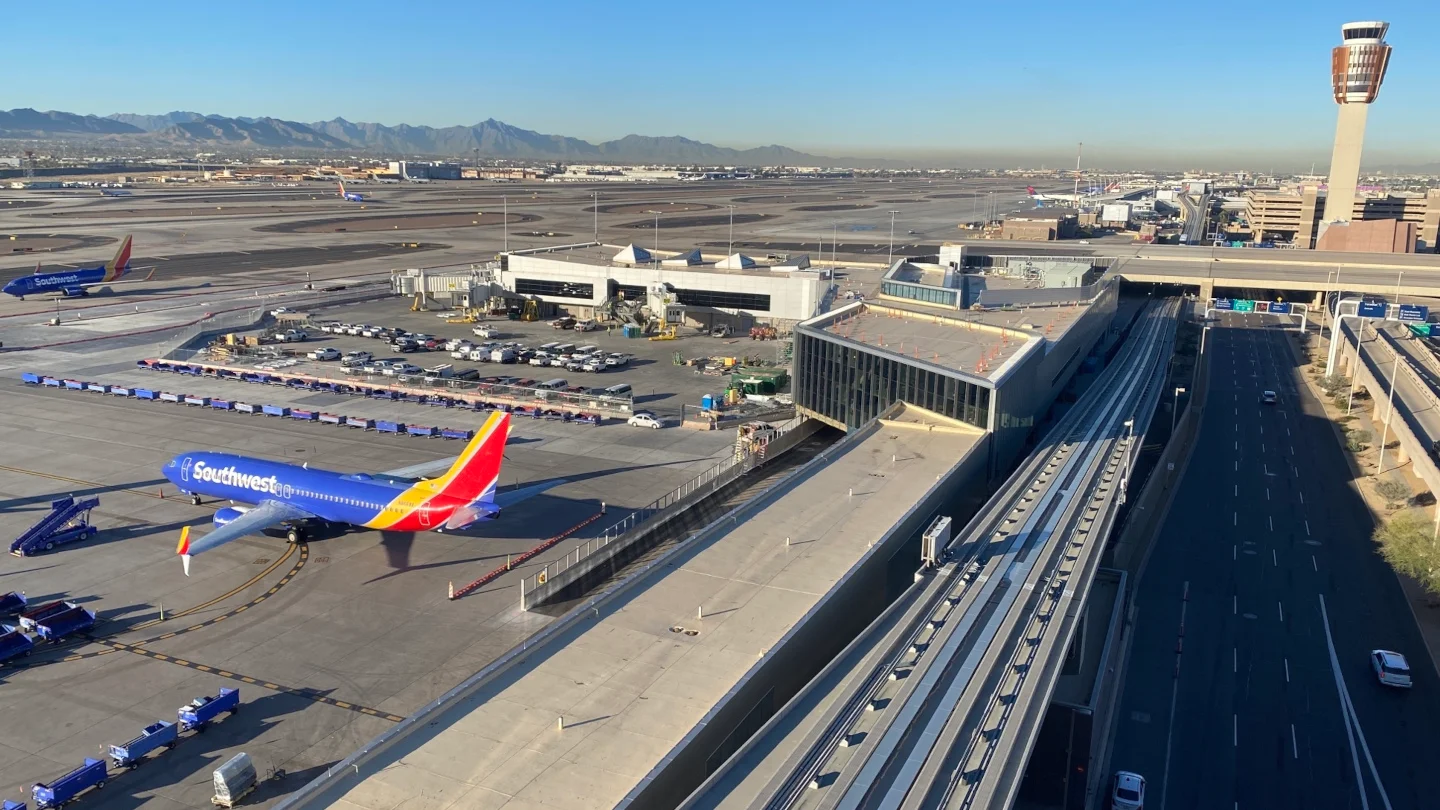

 Arizona-AZ
Arizona-AZ
 NBA 2015/16
NBA 2015/16
 NBA 2016/17
NBA 2016/17
 Western-Conference
Western-Conference
 NBA 2017/18
NBA 2017/18
 Pacific-Division
Pacific-Division
 NBA 2017/18
NBA 2017/18
 Western-Conference
Western-Conference
 Western Conference
Western Conference
 Pacific-Division
Pacific-Division



 Companies
Companies
 Transport and traffic
Transport and traffic
 Animal world
Animal world
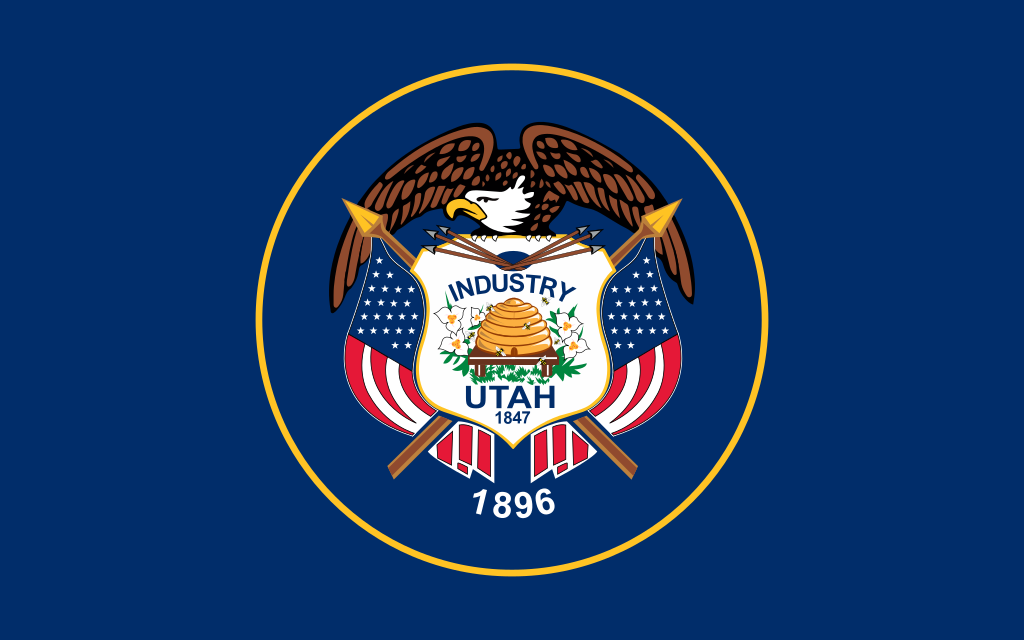 Utah-UT
Utah-UT
 Art
Art
 Sport
Sport
 International cities
International cities